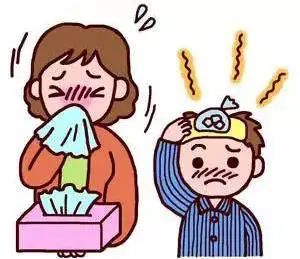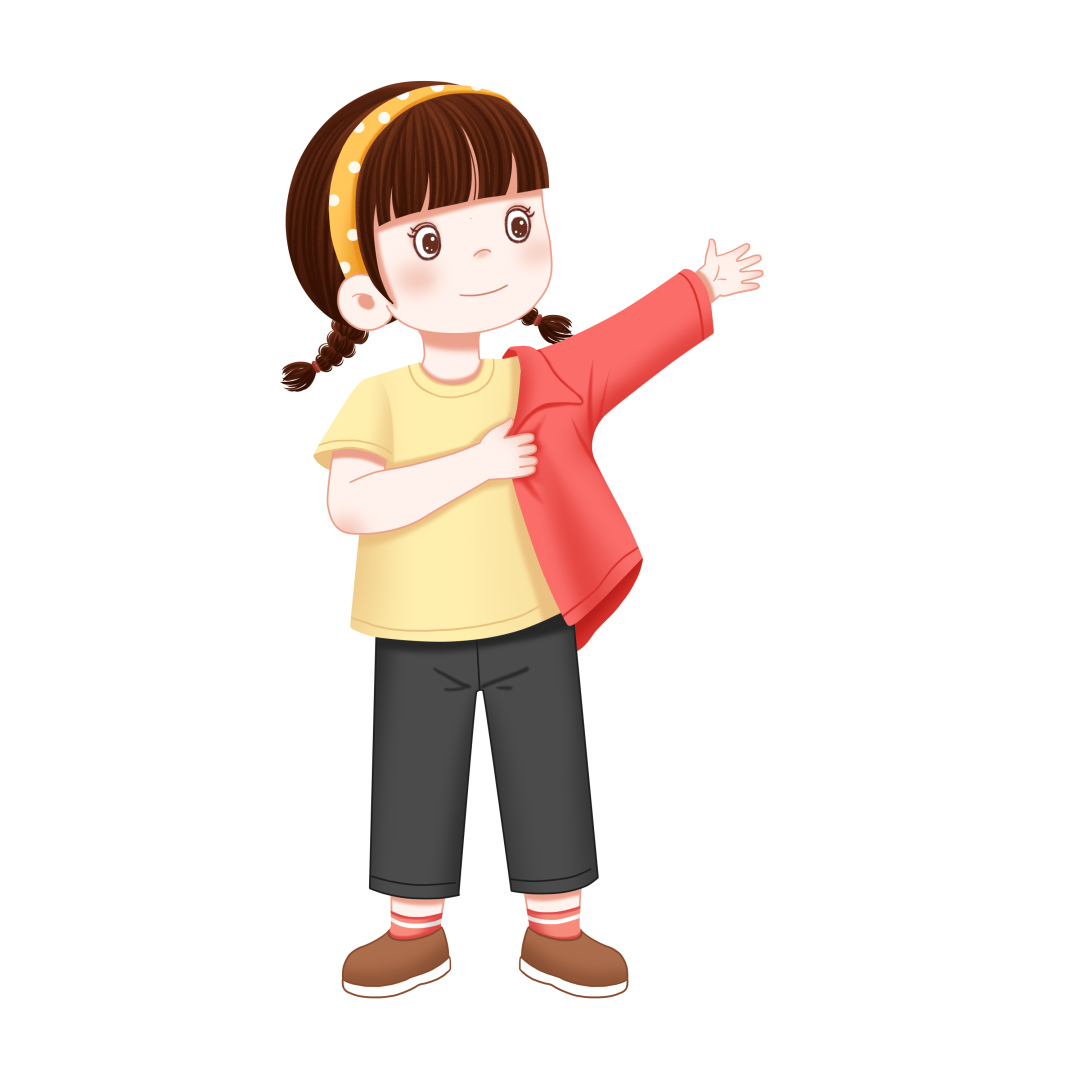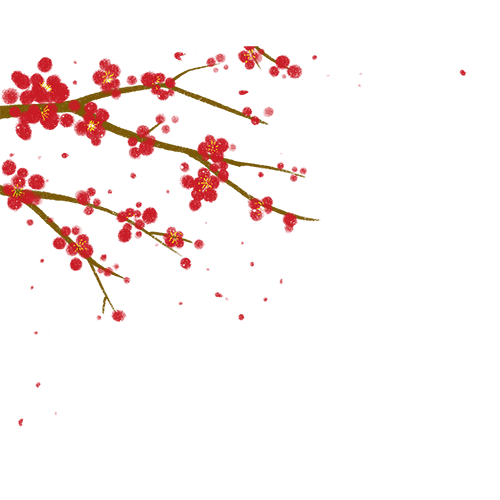
Understanding the Wind Pathogen in Traditional Chinese Medicine
The “Six Excesses” (六淫) refer to the six external pathogenic factors: Wind (风), Cold (寒), Heat (暑), Dampness (湿), Dryness (燥), and Fire (火). These pathogens originate from nature and typically invade the body through the skin and respiratory system.
Throughout the year, there are four seasons, each with distinct climatic changes, such as the “windy” spring, “heat” of summer (fire), “dampness” of late summer, “dryness” of autumn, and “cold” of winter. Normal climatic changes generally do not cause illness; however, when these changes are abnormal or abrupt, exceeding the body’s adaptive capacity, or when the body’s resistance to disease declines, it can lead to illness. At this point, normal climate transforms into abnormal pathogenic qi.
Wind as the Foremost of the Six Excesses

Wind (风) is considered the foremost of the Six Excesses, often causing harm invisibly. One of the four classic texts of TCM, the “Huangdi Neijing” (黄帝内经), states that “Wind is the chief of all diseases” and “Wind is the beginning of all ailments.” The pathogenic characteristics of Wind can be summarized in the following points:
1. Wind is the chief of all diseases
Wind is the primary qi of spring, and while it is commonly associated with illness in spring, it can occur in all seasons. During the Ming and Qing dynasties, “catching a cold” (伤风) was often synonymous with “cold” (感冒), with Wind being the leading factor, frequently accompanied by other pathogenic factors such as “Wind-Cold” (风寒), “Wind-Heat” (风热), and “Wind-Dryness” (风燥), each presenting different clinical symptoms. Conditions characterized by joint and muscle pain, where movement is restricted, are often attributed to the combined effects of Wind, Cold, and Dampness, such as when one sweats in the wind, sweats in water, or is exposed to rain and cold environments for extended periods.
2. Wind is active, dispersive, and easily invades Yang areas
Wind is characterized by its mobility and tendency to rise, disperse, and invade the upper and external parts of the body, such as the head, face, and neck. Common terms like “head wind” (头风), “stiff neck from wind” (落枕风), “wind-damp” (风湿), and “wind rash” (风疹) are all related to Wind pathogens. In TCM, it is believed that Wind opens the skin’s pores, leading to symptoms like sweating and sensitivity to wind, which also facilitates the invasion of other pathogens.
3. Wind is changeable and unpredictable
Wind in nature is characterized by its erratic movement, and diseases caused by Wind often exhibit variable locations and symptoms, such as “wandering bi syndrome” (行痹), also known as “Wind Bi” (风痹), which primarily manifests as migratory joint pain. Wind pathogens also tend to cause sudden onset and rapid changes in symptoms, as seen in conditions like “acute urticaria” (急性荨麻疹), also known as “wind rash” (风疹块), which presents with sudden skin rashes, itching, and symptoms that appear and disappear unpredictably, reflecting the changeable nature of Wind.
“To avoid the Wind of the virtual pathogen, one must be cautious at times”
How to avoid Wind in early spring
The following three points are worth noting:
1. Pay attention to warmth and protection against wind and cold

As the saying goes, “In February, do not remove your cotton clothes; in March, the peach blossom snow may still fall.” Early spring temperatures can be unpredictable, with significant temperature differences between day and night, so it is essential to adjust clothing promptly to stay warm. The “Lao Lao Heng Yan” (老老恒言) mentions: “In spring, do not wear thin clothes, as it can lead to cold damage and digestive issues, causing headaches.” It is advisable to wear thicker clothing on the lower body and lighter clothing on the upper body, emphasizing warmth for the shoulders, neck, waist, abdomen, and ankles. Additionally, keeping indoor air circulation during the day and closing windows at night, as well as drying hair promptly after washing, are important lifestyle details to consider.
2. Be cautious of wind during outdoor activities

When exercising outdoors in spring, try not to start too early; it is best to wait an hour after sunrise. Choose sheltered areas for exercise, avoiding places like alleyways or walls where wind can easily penetrate, to prevent Wind pathogens from invading. Additionally, control the intensity of exercise to the point of slight sweating, avoiding excessive perspiration, as open pores can make one more susceptible to Wind invasion.
3. Moxibustion and massage
Many acupuncture points are named after Wind, such as Fengchi (风池, Wind Pool), Fengmen (风门, Wind Gate), Yifeng (翳风, Wind Screen), Fengfu (风府, Wind Mansion), and Fengshi (风市, Wind Market). These points are not only prone to Wind invasion but are also used to “treat Wind” and “disperse Wind.” For instance, Yifeng can be used to treat and prevent facial Wind, Fengmen can prevent and treat Wind invasion at the surface, Fengshi can treat lower limb Wind-Damp pain, and Fengfu is often used as a key point for regulating Wind invasion. Moxibustion and massage at these points can have certain effects in “preventing Wind” and “treating Wind.”






 Pay more attention
Pay more attention More warmth
More warmth
Source:Department of Traditional Chinese Medicine, Xia Fang
Editor: Yu Chang
Proofreader: Liu Bin
Final Review: Guan Juyan
Produced by: Publicity and United Front Work Department of Xiaogan Central Hospital

